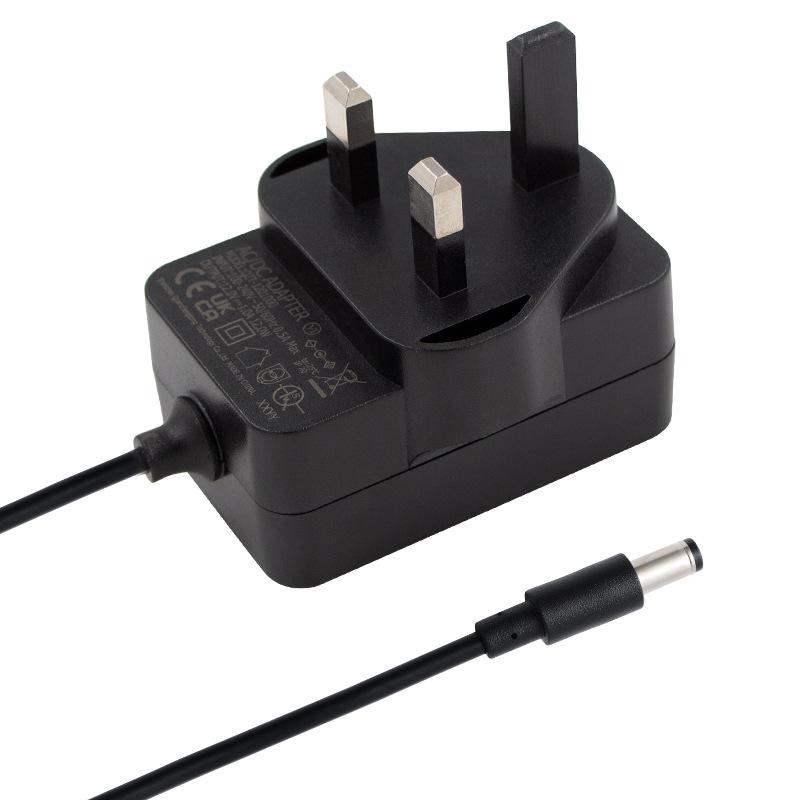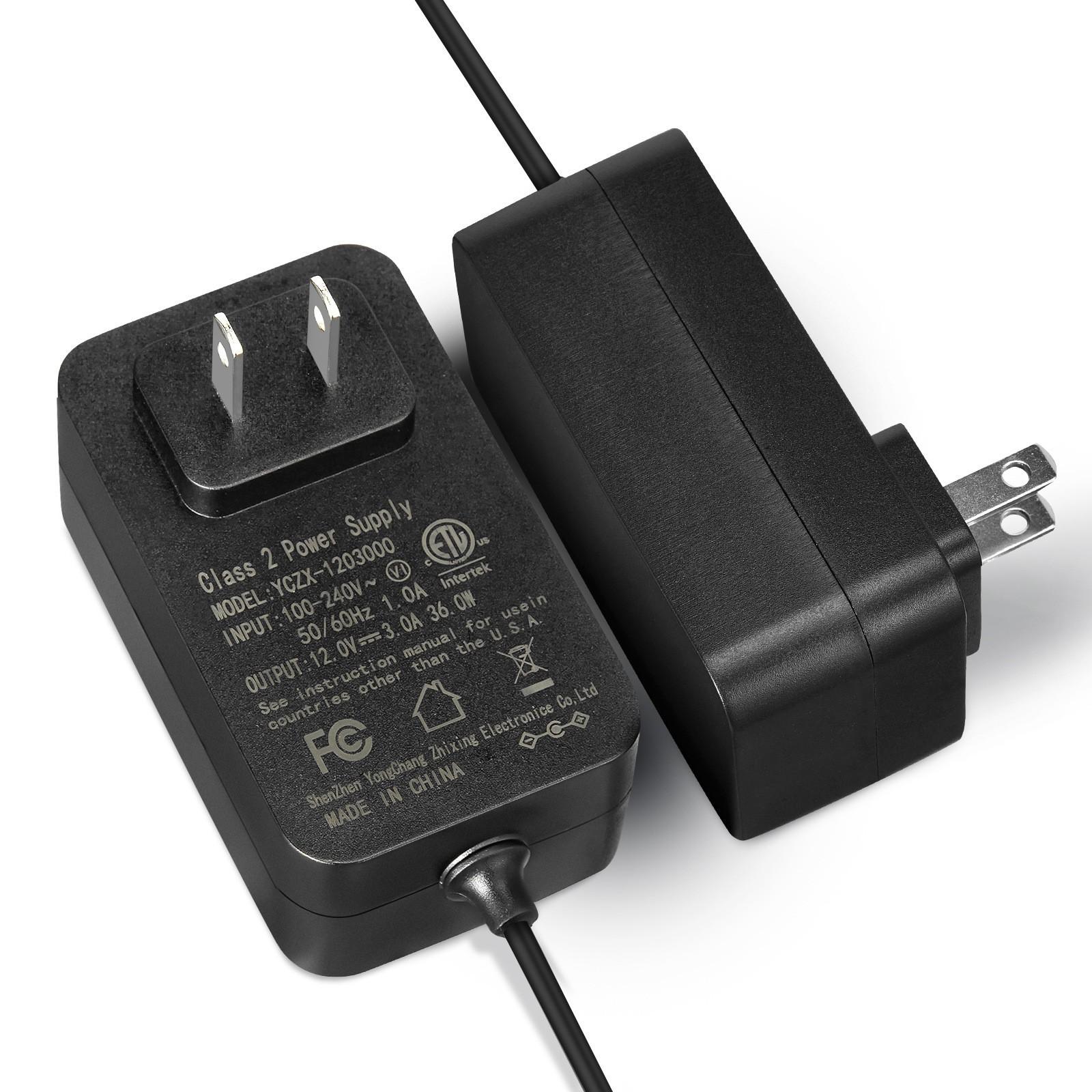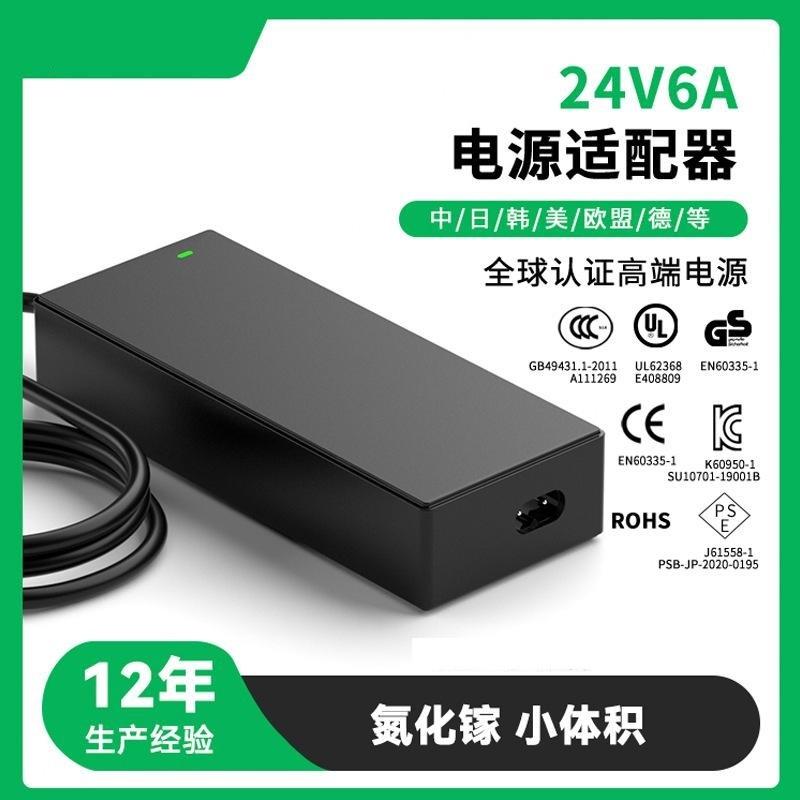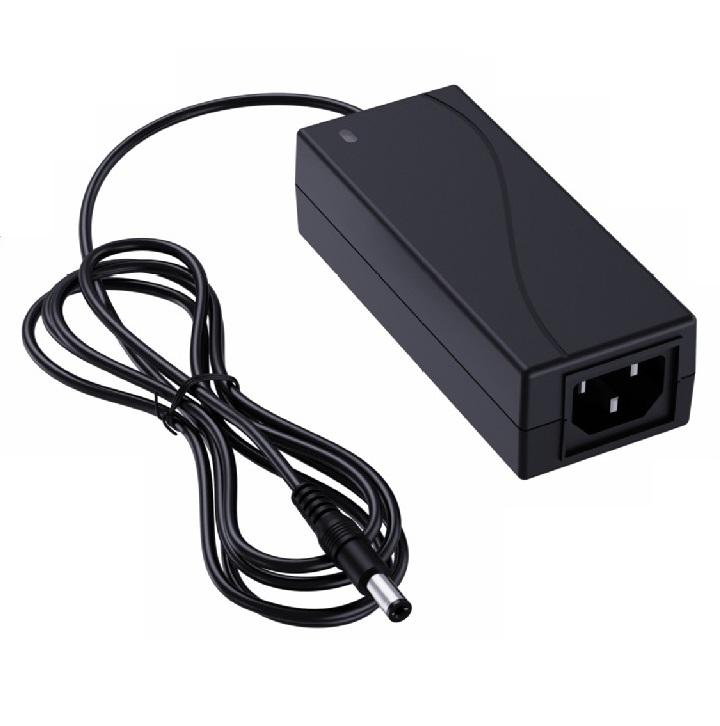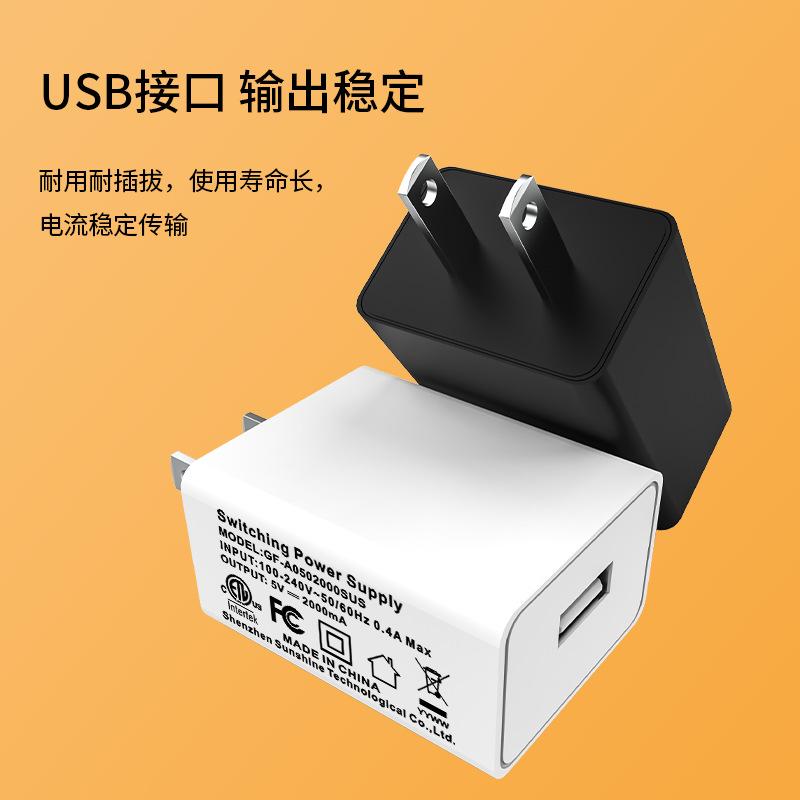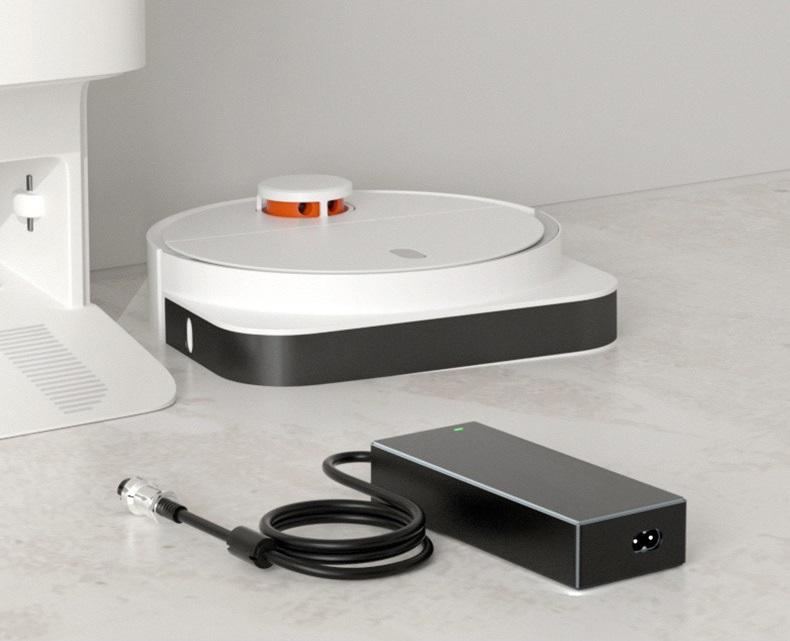This article provides an in-depth discussion on electronic price tags, a type of price tag that is widely used in various industries.
What are price tags?
Price tags are small labels or tags that display the selling price of a product or item, aiding in inventory management and influencing the perceived value and quality of products. They are essential for product presentation and sales in retail environments.
Common types include basic paper and plastic tags, which are affordable at just cents per tag, and advanced digital electronic shelf labels, which require significant hardware and software costs.
Types of price tags
The choice of price tag depends on factors such as the type of product, environment, desired durability, and branding requirements. Here are some common types of price tags used in retail and other industries.
Standard Paper Price Tags
These are traditional paper-based price tags often attached to products with strings or adhesive. They come in various shapes, sizes, and colors and typically have space to write or print product information including price, description, and barcode.
Plastic Price Tags
Plastic price tags offer durability and water resistance compared to paper-based tags. They come in various shapes and sizes and may have features like snap-on attachments for easy application.
Adhesive Price Labels/Stickers
These are labels or stickers with adhesive backing used to display product prices directly on packaging or products. They come in various sizes and shapes and can be printed with product information including prices, barcodes, and branding.
Electronic Price Tags
Digital electronic price tags display product prices digitally and can be updated remotely. They are commonly used in retail stores and allow for easy price adjustments without the need for manual tag replacement.
Jewelry Price Tags
Jewelry price tags are small tags specifically designed for use with jewelry items. They are often made from materials like paper or cardstock and may include strings or adhesive backing for attachment to jewelry pieces.
Clothing Price Tags
Clothing price tags are designed specifically for clothing items and may be made from paper, cardstock, or fabric material. They often include information such as size, price, and fabric composition.
Barcode Price Tags
These price tags include barcode information along with product details and pricing. They are commonly used in retail stores for quick and accurate scanning at the checkout counter.
Electronic price tags overview
Electronic price tags, also known as electronic shelf labels (ESLs), are digital displays used in retail stores to show product pricing information.
While the upfront cost of implementing electronic price tags is significant, they provide operational efficiencies, pricing flexibility, and an enhanced digital shopping experience that many retailers find valuable in today's competitive landscape.
Cost
- The average cost of an electronic price tag ranges from $6 to $10 per unit.
- For a 1,000 square meter retail store with around 10,000 items, the total cost for 10,000 electronic price tags would be $60,000 to $100,000.
- Pricing can vary based on factors like tag size (common sizes are 1.54", 2.13", 2.19", 4.2"), features, and quantities ordered.
Benefits
- Enable dynamic pricing based on real-time market demands.
- Provide cost efficiency, fast update speed, and pricing security compared to paper labels.
- Enhance customer experience with precise and consistent digital pricing displays.
- Allow centralized pricing management and automatic updates across the store.
System Components
- Electronic price tags (EPTs) or electronic shelf labels (ESLs).
- Gateway devices ($300-$400 each) to connect EPTs to management software.
- ESL management software (around $500 including maintenance fee).
What are the different types of electronic price tags available in the market
There are several types of electronic price tags (also known as electronic shelf labels or ESLs) available in the retail market.
- Segment Price Tags are a cost-effective and simple way to communicate on the shelf edge using an alphanumeric display.
- Graphic Price Tags offer customizable, colorful e-ink displays, providing design flexibility and information display capabilities.
- LCD Price Tags use a standard LCD display and are typically the most affordable option.
- NFC Price Tags feature a wireless power supply that's transferred to the label, ensuring long-lasting connection and display. They allow interactive shopping experiences, mobile payment at the shelf, and automated shelf monitoring.
- RFID Price Tags use RFID technology to wirelessly transmit product information and pricing data. Passive RFID tags are very affordable at $0.08 - $0.20 each, while active tags are more expensive at $30+ per tag.
What are the advantages of using electronic price tags over traditional paper tags?
Electronic price tags (ESLs) offer several advantages over traditional paper tags. They save time, reduce errors, and enhance customer experience by providing accurate pricing and promotional information.
ESLs can withstand various temperatures, enabling features like daypart pricing and happy hour deals. They also reduce labor costs by eliminating the need for manual tag changes and the ongoing costs of label printing supplies. ESLs are also eco-friendly, reducing paper waste compared to frequently replacing traditional paper tags.

